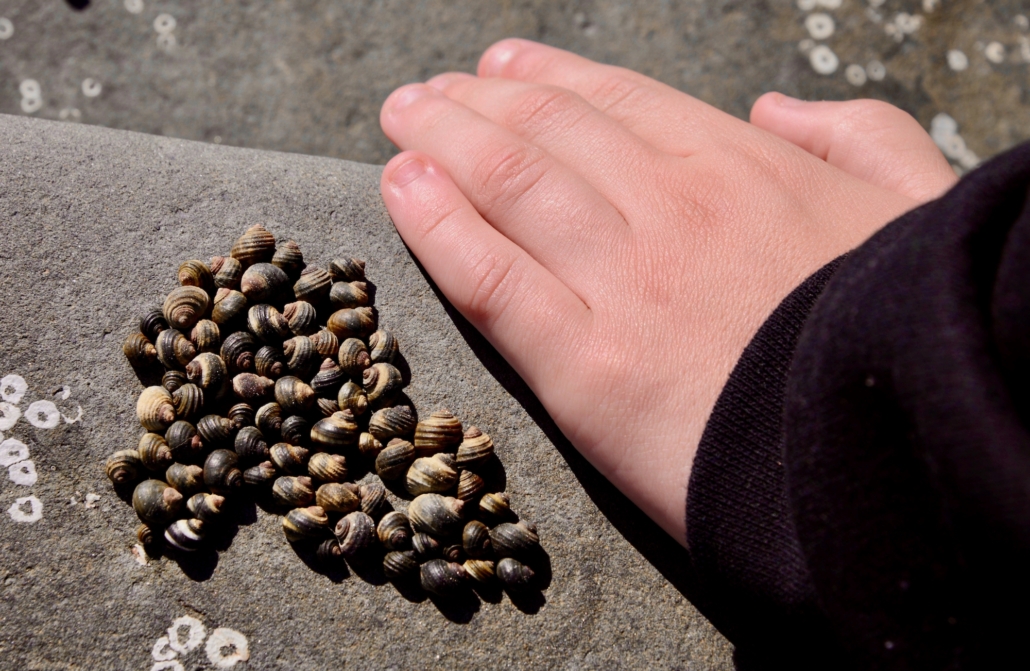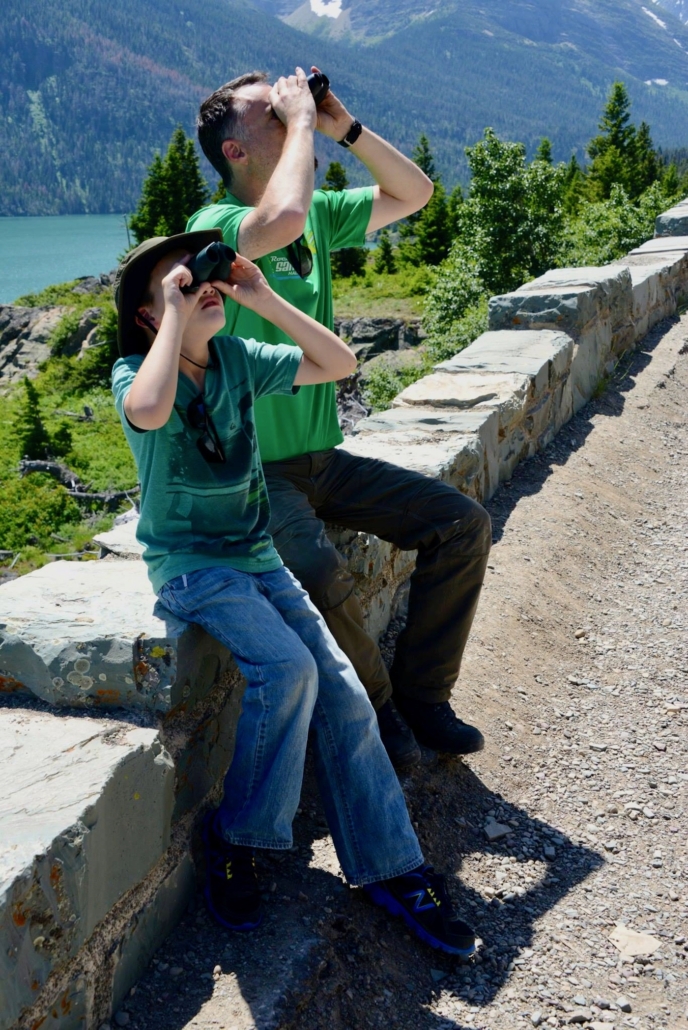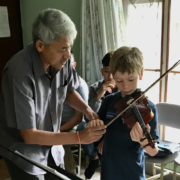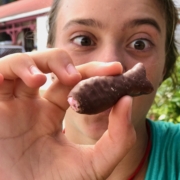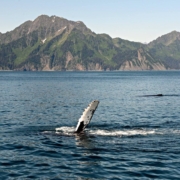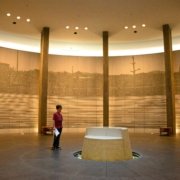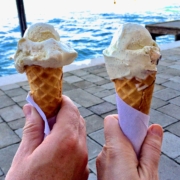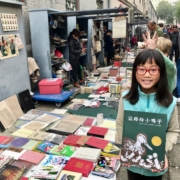Worldschooling: Citizen Science
There is a long and growing menu of educational resources family travelers can utilize to build a worldschooling plan for a Wonder Year. Ready-to-go science programs such as the National Park Service’s Junior Ranger, National Geographic’s Science Lab, and the cross-agency Citizen Science crowdsourcing program are just a few of the high quality, easy to use, and free resources available to you.
Let’s take a close look at incorporating Citizen Science into your worldschooling approach.
What is Citizen Science?
Citizen science is a way for members of the public to help with actual scientific work. Family travelers can volunteer to be citizen scientists and do things such as observation, data collection, conducting experiments, and developing open-source code to advance scientific knowledge and help society. Professional scientists from various federal agencies, such as the Environmental Protection Agency (EPA) and the National Aeronautics and Space Administration (NASA), train and work with volunteer citizen scientists as needed. One of the most well-known Citizen Science Projects is Monarch Watch. For this work, volunteers across the US and Canada tag monarch butterflies, helping biologists and the public better understand the fall migration of the monarch population.
Why is it considered “crowdsourcing?”
In 2016, Congress enacted a crowdsourcing and citizen science law that defines crowdsourcing as a method to “obtain needed services, ideas, or content by soliciting voluntary contributions from a group of individuals or organizations, especially from an online community.” A federal Community of Practice continually looks for suitable projects in which the public can engage meaningfully in the scientific process.
What are the benefits of Citizen Science?
The innovative crowdsourcing model has several benefits. It: 1) accelerates scientific research; 2) addresses societal needs; 3) engages voluntary support so is a good use of taxpayer dollars; 4) provides amazing hands-on learning opportunities in STEM fields; 5) allows the public to be involved in science.
What kinds of projects are open to Citizen Scientists?
There are over 400 Citizen Science projects you can sign up for with different governmental agencies. The catalog of projects is maintained on the Citizen Science website, and continually evolves as existing projects wrap up and new ones are added.
Some examples of volunteer work include:
- With the National Oceanic and Atmospheric Administration (NOAA), you could collect and report data used in weather forecast models.
- With the U.S. Geological Survey (USGS), you could provide earthquake coverage reports to supplement conventional sensor networks.
- With NASA, you could participate in the search for active asteroids to help map the distribution of water in the solar system or help with “cloudspotting” on Mars to better understand cloud formation in the Martian environment.
- With the U.S. Forest Service, you could collect water samples to help with water quality observations in priority watersheds.
- With the EPA, you could be part of a project that compares the accuracy of low-cost air quality sensors with that of more expensive equipment. This project will make it possible to equip communities across the country with sensors and ultimately improve the air quality in every community.
There are also opportunities for international Citizen Science work, such as the Costa Rica Science Exchange program. This innovative program is a collaboration for students to study mountain lions and bird species common to the Santa Elena Cloud Forest in Costa Rica and the town of Estes Park, CO near Rocky Mountain National Park.
Citizen science can be an excellent tool in a worldschooler’s education toolbox. It offers a way for parents and children, side by side, to do “science lessons” by engaging in a real-world scientific process. Over time you will be able to track “your” projects and feel satisfied knowing you can learn, contribute and have fun together!
